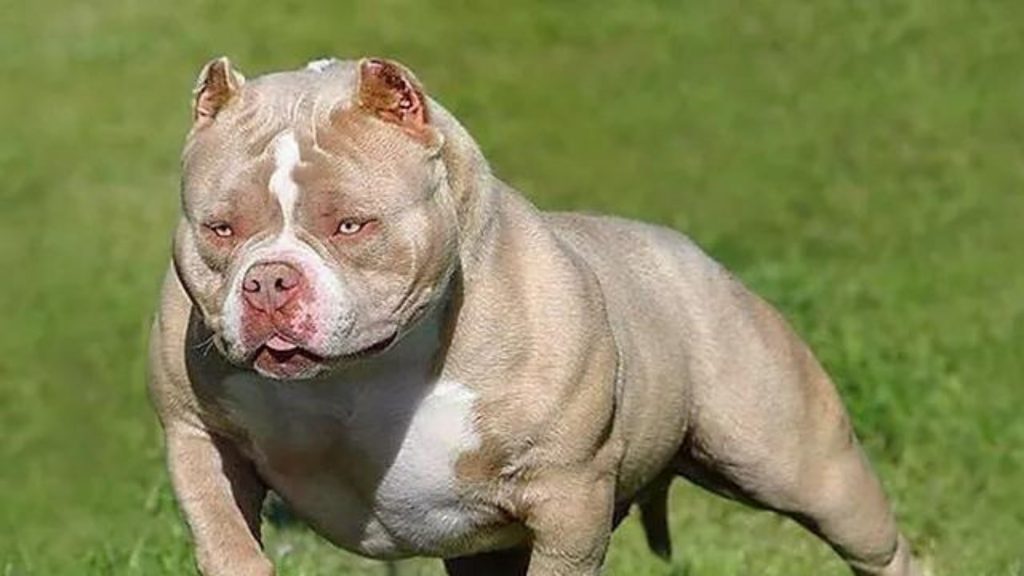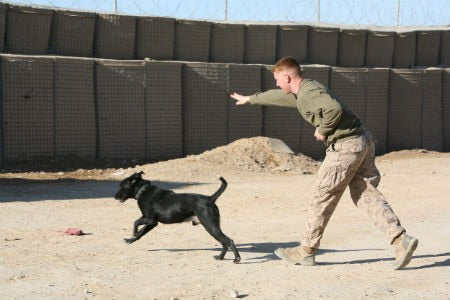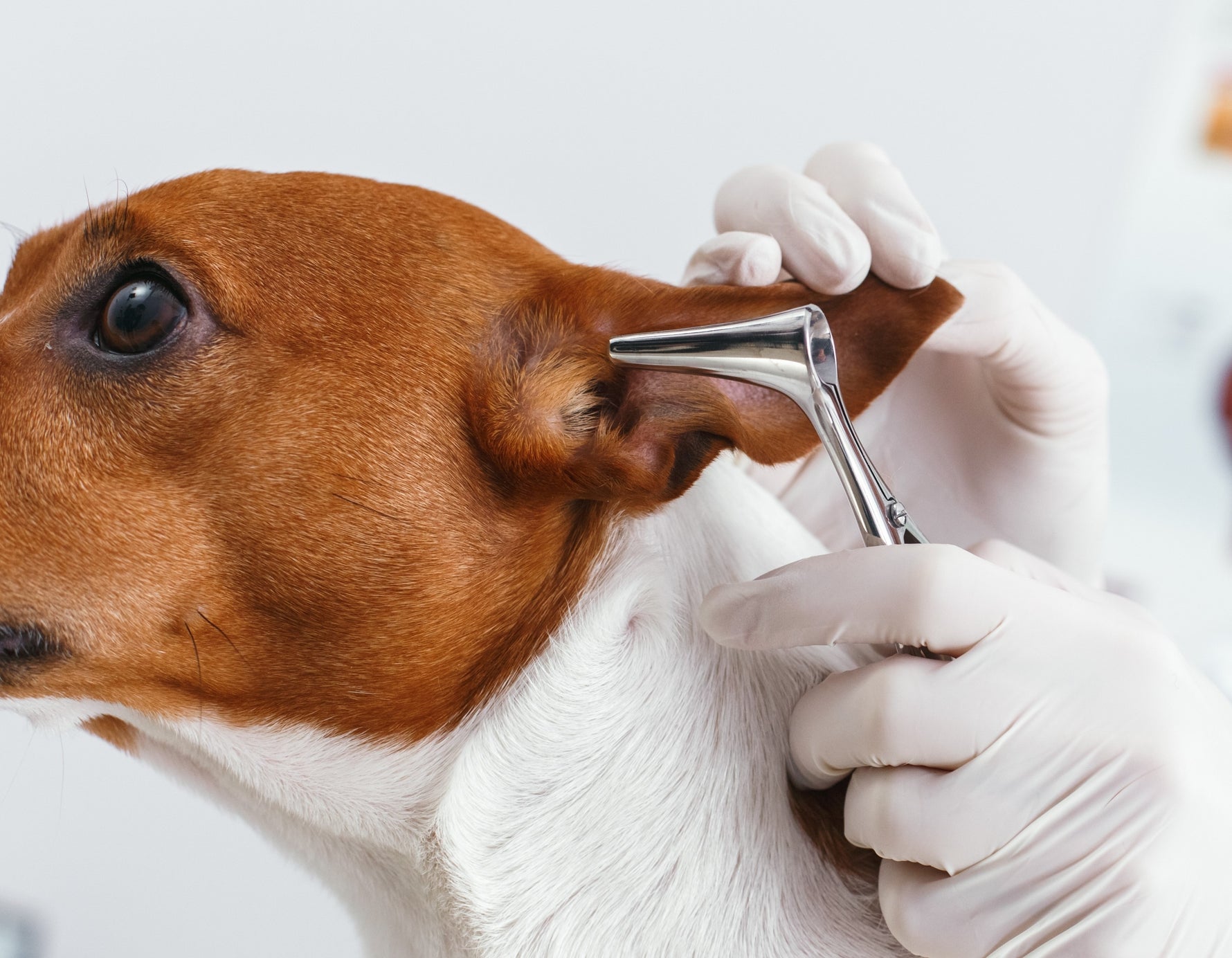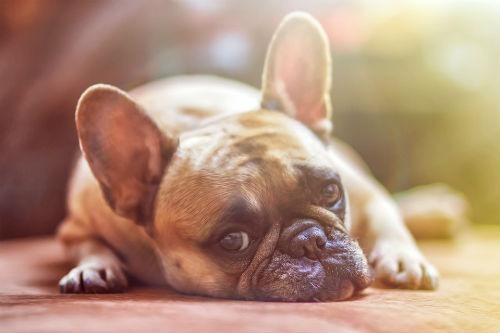Small, adorable, useful and very energetic, those may be the most recognized reasons why Andalusian winemaker, over the years, it has become increasingly popular in Spain and other parts of the world. To the point that it is currently considered by many as the distinguished canine of the Iberian nation.
Size: Small-median.
Weight: Between 5 and 18kg.
Hair type: Short.
Character: Highly strung.
Health: Excellent
Life expectancy: Around 18 years.
Being such a popular dog, the Andalusian winemaker is all that a family could desire, it is very small, playful, loyal, and also helps keep households free of rodents and vermin that can threaten the tranquility and safety of family members. Whether you want an Andalusian winemaker, or any other canine species, you need to know the general characteristics that identify them, as well as the care they require for their well -being, before giving entry to our homes. Only then can we know if we are really trained for this responsibility or if you have the behavior we think can adapt according to our lifestyle and that of our family. This will prevent surprises or unfortunate changes for us or the dog in the future. It will also help us better understand the nature of the CAN and what it needs to be the so longed for the new family member. It is therefore that, this time, we will be knowing in depth to the pErro Ratonero Bodeguero Andaluz And we will realize for ourselves is why it is such a popular puppy.
History and origin of the Andalusian winemaker
As we have to assume, thanks to its name, the Andalusian Bodeguero Ratonero Dog has its origin in Spain, in the region of Andalusia At the end of the century XVIII, specifically in the province of Cádiz. When the owners of the wine warehouses wanted to have a dog that allowed them to be able to eradicate the rodents and vermin that they were around warehouses and threatened the health and quality of their products, they resolved to integrate a dog that helped them fight it. That is why they decided to use a canine that English entrepreneurs commonly used, who at that time frequented the area, to unravel the ships where they were transported. That dog we are talking about is nothing more than the Fox Terrier of straight hair, which they mixed with other local backs who existed for the time. Always trying that the specimens of the Fox Terriers were mostly white complexion, thus giving this wonderful race, the Andalusian winemaker. Currently the Andalusian Bodeguero, is attached and accepted by the Royal Canine Society of Spain since the beginning of the century XX. Although it has not yet been admitted by the International Canine Federation (FCI) or the International Canofila Association (ACI), the most relevant canine associations worldwide. The reason to use the Fox Terrier of straight hair, and especially, that these were white complexion, is due to the fact that their hunter ability was to be enhanced and that the size was not so small. It was also desired that their owners could recognize the dog in the darkness of the wineries. Another justification would be that being of a small-median size to these dogs would not be difficult to hunt larger rodents such as rats, which were considered a big problem in those days. In the same way, the dog was sought to be light and fast, also that it had energy and perseverance, which would always facilitate the necessary disposition for the hunting of vermin and any type of rodent. In the first place, the dogs with which the Fox Terrier of straight hair were usually paired, used to be a small Andalusian race. Which also has a strong hunter instinct and extraordinary resistance. According to the information that has been obtained from the time, there was almost almost human interference in the mates as far as control is concerned and for this reason, many decades of indiscriminate mixing that resulted in what is the Andalusian winemaker today passed today. After the territory of the Andalusian winemaker has expanded throughout Spain, it was used as a block dog, helping to handle horses, and even became hunting dogs. Currently, many Andalusian wineries are usually seen in pet shelters throughout the Spanish nation, and it is very common to see it in homes such as family members, especially when they can be playful and tireless classmates of children.
Characteristics of the Andalusian Bodeguero
As we know The Andalusian Bodeguero Ratonero Dog NO it's a Large dogIn fact, it could be said that it is at a midpoint between a small and medium dog, so for many, it is ideal if the house is resided is small. As for their appearance, the truth is that they have a lot of similarity with the Fox Terrier of straight hair and even, in their personality they share many aspects. But despite this, the Andalusian winemaker is larger and larger, something that resembles the small Andalusian podench. Regarding his head is triangulated. They have small eyes relatively together. The ears are normally high implantation and fall forward, which gives them a more friendly appearance. Its most common physical characteristic is its white fur body from the neck and face with a black or brown mask. It is common for some spots to have; There may be specimens with tough black spots around the body or rather with black moon lunars on the back. As for its fur, this is smooth, soft and short. The Andalusian winemaker is not a heavy dog, this helps him to be fast and very agile. He weight In the copies of the Andalusian winemaker it is usually:
Males: between 7 and 8 kg.
Females: between 5 and 6 kg.
As for the height Andalusian winemaker average, is between:
Males: between 37-43 cm.
Females: between 35-41 cm.
As usual, males are larger and larger than the female; However, females are more elongated. The tail can be high or perpendicular to the spine, although specimens with twisted tail have been seen, this is not usually very common. What the neck refers to, this tends to be elongated, without a paid and muscular. The front extremities are athletic and of average development, while the posterior are strong and muscular. The ribs, meanwhile, have a slight archeo, but strong and short.
Spanish winemaker dog temperament
If we talk about the Personality or temperament of the Andalusian winemaker, the first thing that can be mentioned is what Playful and otherwise energetic They are. Even today, when he almost does not exercise the function of mice hunter or vermin and is rather a company dog. Something that made the Andalusian winemaker so popular was his hunting ability that combined perfect with his pleasant character that made him be able to live in the homes of their human families. Is A very brave dog, the agile Andalusian winemaker dog, do not fear going to the search for a new adventure, so it is always attentive to any movement or sound that can activate its hunting skills. This thanks to the fact that he has a large and precise auditory system, which has sometimes won the reputation of being a nervous dog.
The Andalusian winemaker has a pleasant, curious and intelligent look that combines well with great tenacity, a cheerful and nice personality that houses a great feeling of fidelity or loyalty. It is usually very restless, which is normal in hunting or work dogs. These require always staying active to be able to release all that energy that frequently evidence. In addition, the Andalusian Ratonero Bodeonro He needs his caregiver to eduque it correctly and as soon as possible. Since, if you do not feel that its owner is the alpha of the pack, he will immediately think he is, and will become disobedient and stubborn, especially when there is the possibility of obtaining a dam; Something that can greatly absorb your attention. The Andalusian winemaker is not difficult to adapt to the circumstances, either in hot or not so much, a field or city, a large or small house, that brings them without care whenever they can be with their family. The Andalusian winemaker loves to be very active, so he is always willing to run everywhere when his owner allows.
Andalusian winemaker and his behavior with children
As expected, having so much energy and sympathy Andalusian winemaker is really good with childrenIn fact they love to live with them and become absolute fans, who do not leave them to sun or shadow. One of the reasons for this unconditional love is that children provide them with playful and curious energy that the Andalusian wretches love it, and normally both are tireless companions who constantly undertake adventures. Even so, it is always advisable to be aware of children when they are in the company of a dog, especially when the infant is very small, because as we know, a dog can have ways that are not so delicate, being able to mistreat the child without intention. So, to avoid inconveniences, it is better to be cautious supervising the interaction of these two friends.
Andalusian winemaker life expectancy
The Andalusian winemaker is considered a very long -lived dog, so he can live some years more than other races, being his life expectancy around 18 years, as long as it is treated and cared for correctly. As for their health, the Andalusian winemaker exhibits in most of the course of his life, Excellent health. They do not usually suffer from diseases, much less serious conditions. At most, it may have gross or minor allergies. Although the Andalusian mouse winemaker will generally present optimal health conditions, they will depend on their diet. With this we mean that, if you get on weight because of eating food, or amounts of it, that do not benefit, this could lead to consequences that would significantly affect you.
Andalusian Wine -Biard Dog Necessary Care
As previously mentioned, the Andalusian winemaker dog breed is a breed that requires frequent activity, requiring to exercise and that its owner gives its attention due to its excess energy. Especially if you want to avoid bad behaviors that can lead to disobedience, aggressiveness and destruction of the objects you find at home. That is why it is always recommended Make walks of approximately 30 minutes duration and daily daily, thus releases its energy, stress or tensions, becoming much more docile. It is also recommended to have several canine toys so that it can be distracted, and thus stay busy and release your tension. As for the feeding, it is suggested that cereals such as corn, soybeans, wheat, rice, etc. This corresponds to this kind of food can cause allergies. It is necessary to be attentive to the composition of the food that we give it since it is common for companies to place cereals in the recipes of their dog products. Ideally, the Andalusian winemaker are provided with animal protein food, they love white meats (chicken, rabbit, etc.). A I think for dogs Super Premium without cereals like that of Azu wolfl is the ideal food. Even so, the ideal is to consult with the veterinarian the type of food that we must give to our pet. For the Andalusian Ratonero Wine Togger, as well as for the rest of the races, it is important to meet their vaccine calendars to the letter. This will reinforce the excellent health conditions that characterize it.
Andalusian Bodeguero Ratonero Dog Hygiene
Regarding physical care that must be provided to the Andalusian winemaker, this consists of Brush around twice a day when it is summer, and once a day when it is winter. The Andalusian Ratonero Winebogen Bathrooms must be approximately once a month, if it is not significantly dirty. And it should always be done with a special dog shampoo, and if possible one aimed at short -haired canines. As for the maintenance of ears and eyes, this must be done with implements and substances that are special for dogs. If we talk about their nails, they usually grow quickly, so we must be prepared to cut them frequently; Probably with each bath. This aspect is of great importance, since when they grow so rapidly, they are often split by generating great pain. In case you get to work as a hunter, you always have to attend the wounds that the rats or mice can do, in case you have them. Clean and use antiseptics.
Andalusian Bodeonro Bodeonro Dog Puppies
For the Andalusian Ratonero Bodeonro Puppies, like other types of puppies, it is very important to socialize and interact with other people and environments other than the family member. This puppy is extremely playful and curious, so he will easily make friends and always try to have fun. It is vital to start exercising it and invite him to interact with other dogs from an early age, so we will prevent his energy with objects that do not correspond to him, getting to damage them.
The games are not only important when leaving home, it is also required to implement toys at home and try to invest the most time to play and give attention to the adorable Wineboger puppy of the Andalusian Ratonero. From the 3 months It is recommended to start walking to the puppy, and after fulfilling the 6 months You should start with training that will allow a good behavior in adulthood. It is also important to start from this stage the veterinarian visits and follow the vaccine calendar recommended by the veterinarian.
Education and training of the Andalusian Ratonero Bode
If we talk about education, it is always good to start when the Andalusian winemaker is a puppy, this is because it facilitates the strengthening of teaching for the rest of his life. The recommended method is Education based on positive reinforcement, which consists in providing small awards that will encourage the dog to associate tasks with something positive. This is much more effective than any other kind of method. If we talk about training, the ideal is to start when they have a year, since at that age your personality and intelligence will have more consolidated, which will help you to understand more easily what you want to instill. The Andalusian winemaker's mouse dog has extraordinary intelligence, which makes it easier for you to learn during training and realization of tricks, only some patience and time will be needed. A recommendation that can help a lot, is that, as far as possible, the Andalusian winemaker mouse dog is relaxed and quiet when teaching him something, this allows understanding and learning to occur more easily. Something important is never to neglect that the dog is exercised. If the Andalusian winemaker mousetrap dog can do it, it can become scandalous, nervous and destructive, in addition to very stubborn and little obedient.
When we talk about acquiring a Andalusian winemaker mouse dog, there is the option to find a professional breeder that can give us a pedigree puppy. In this case the prices They range between 300 and 400 euros, provided they have the corresponding certificates. On the other hand, if we buy it in a store or private, the price is lower, ranging mostly between 200 and 300 euros. Although this is usually not recommended, unless the breeder is known well. It is also important to keep in mind that the specimens of white complexion and black face with some brown features have high demand, being the most sought after, which can affect the price of the CAN. Now, if what you want is to give a home to a dog that needs a little love and care, perhaps it is best to go to a shelter and give the opportunity to a wonderful dog that will surely love him unconditionally.
Conclusion
The Andalusian winemaker mouse dog is undoubtedly one of the most active dogs we can find. It can be an ace in hunting of rodents or vermin, keeping our home free of these pests. It is a dog that is recommended for athletes who like to enjoy the outdoor exercise or for families with young children who wish to include a new and affectionate member as a pet. There are no inconveniences that these dogs develop in courtyards or gardens, because this will help them stay active and exercise one of their favorite entertainments, hunt; But from time to time they will need to live with the family inside, since they are also very sociable. They can be educated to do their needs abroad and if they live in flats or small houses that do not have access to gardens, then it will be necessary to walk 3 times a day, approximately 30 minutes. They can become training dogs, being so active, he will love to make tricks frequently but we must be very patience with them because although they are very intelligent, they are also very restless and easily distracted. They usually take the initiative, so they need alpha to always be reaffirmed before them with that position, because if they will not feel that they who possess that range in the family and will become disobedient. The Andalusian winemaker mouse dog needs owners who are as active as they are and understand their need for games that can be used to fill the desire for hunting that they have well rooted in their personality and origin.
Surely you may also be interested:
Jack Russel Terrier
Border Collie
Beagle
Boloñés Bichón
Pomerania
Australian terrier
Pinscher
Yorkshire
Evil-shi
Teckel
Chihuahuas
CorgYo
Westy




















